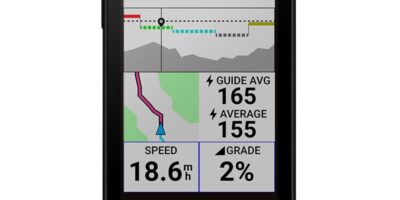How to Ride a Bike
Learning to ride a bike is a milestone. It offers freedom, independence, and a sense of achievement. Whether you’re teaching a child or learning as an adult, the process can be straightforward with the right approach.
Selecting the Right Bike
Choosing a bike that suits your size and needs is crucial. Make sure to consider:
- Bike type: Road bikes, mountain bikes, and hybrid bikes serve different purposes.
- Frame size: A bike that fits your height ensures comfort and control.
- Weight: Lighter bikes are easier to handle, especially for beginners.
Essential Safety Gear
Prioritizing safety prevents injuries and builds confidence. Essential gear includes:
- Helmet: Protects your head during falls.
- Padded gloves: Cushions your hands and improves grip.
- Elbow and knee pads: Shields joints from scrapes and bruises.
Adjusting the Bike
Before riding, adjust the bike to suit your body. Focus on:
- Seat height: Your leg should be almost fully extended when the pedal is at the lowest point.
- Handlebars: Should be level with the seat or slightly higher for comfort.
- Brakes: Ensure they are responsive and easy to reach.
Finding the Right Place to Practice
Begin in a safe, open area like a park or an empty parking lot. Look for flat surfaces with minimal traffic to reduce distractions and hazards.
Mounting the Bike
Hold the handlebars firmly and apply the brakes. Swing one leg over the bike and settle into the seat. Keep one foot on the ground for balance.
Getting Comfortable with Balance
Start by walking with the bike while straddling it. Gradually lift your feet and glide short distances. This helps develop a sense of balance without pedaling.
Learning to Pedal
Once you’re comfortable balancing, practice pedaling. Start by putting one foot on a raised pedal and pushing off with the other. This initial push gives momentum. Place the second foot on the pedal quickly to start moving.
Steering and Control
Keep your eyes ahead and not on the front wheel. Use gentle handlebar movements to steer. Jerky motions can throw you off balance. Practice turning corners at a slower speed initially.
Braking Effectively
Understand how to use your brakes correctly. The front brake (left hand) provides more stopping power but can cause flips if used alone. Always use both brakes together for a controlled stop. Practice braking smoothly to avoid sudden halts.
Practice Makes Perfect
Repetition builds muscle memory. Practice regularly. Start with short, straight rides, then gradually introduce turns and slopes. Consistent practice minimizes fears and enhances control.
Dealing with Slopes
Descending requires careful braking. Use prolonged, gentle pressure on both brakes to maintain a controlled speed. Ascending demands shifting to easier gears and steady pedaling to keep momentum.
Traffic Awareness
When you’re ready to leave secluded practice areas, increase your awareness of surroundings. Learn hand signals for turning and stopping. Always follow traffic rules and stay alert to other vehicles.
Maintaining Your Bike
Regular maintenance ensures a smooth ride and longevity of the bike. Check tire pressure, brake functionality, and chain lubrication frequently. Address any mechanical issues promptly.
Building Confidence
Confidence grows with each ride. Take small, incremental steps and celebrate progress. Remember that falls are part of learning. Get back up and try again.
Advanced Skills
Once you’re comfortable with the basics, explore advanced skills. Learn to navigate obstacles, ride one-handed, and master tight turns. These skills enhance versatility and enjoyment.
Riding a bike is a rewarding skill that opens up new adventures. With patience, practice, and perseverance, anyone can learn to ride confidently.
